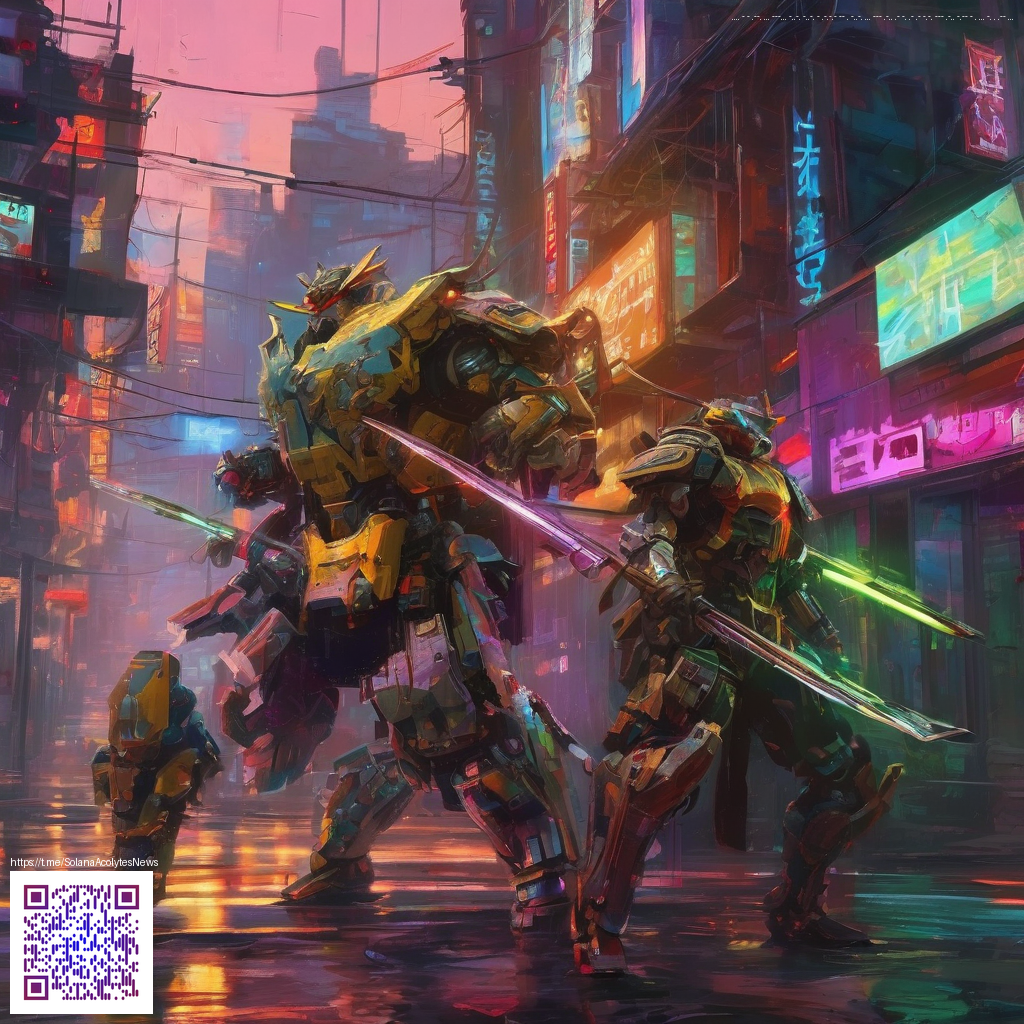
Ending Theories in Quantum Break A Deep Dive
The finale of this time bending saga has sparked countless conversations among fans. The ending feels like a doorway that invites multiple readings rather than a fixed verdict. With temporal fractures scattering cause and consequence across the threads of story and live action, players have built theories that range from tightly argued interpretations to bold what ifs. Here we unpack the most compelling ideas and the tiny clues that fuel discussion in the community and among developers and designers who shaped the experience.
At its core the story hinges on a complex relationship between time power, fractured realities, and choices made under pressure. The game presents a situation where the protagonist and his allies face outcomes that ripple outward in unforeseen ways. The live action segments that accompany the narrative add texture and mood, letting players feel the weight of every decision as the world veers toward divergent futures. The result is a finale that rewards close watching, theorizing, and revisiting earlier scenes with fresh eyes 🎮
The fracture as a living plot device
Many fans treat the fracture as more than a plot gadget. It is seen as a character in its own right that dictates pacing and tone. The final moments emphasize the fragility of time and the fragility of human control within it. The working theory here is that the fracture does not simply close it instead finds new channels through which time pours into the world. This creates the sense that the universe continues to evolve even after the screen cuts to black. If you watch for the sound design and the energy visuals you can hear time itself bending, a reminder that the story is less about an ending and more about a transition into a broader web of possibilities.
Two endings or one with branches
One popular angle argues that there are two distinct outcomes that share the same seed of consequence. The perceived branches come not from a change in major plot beats but from how the protagonists interpret and act on the information at hand. In this reading the scene feels like a hinge rather than a hard split. The apparent divergence points are chosen by player performance and interpretation rather than a binary cutscene choice. The implication is elegant drama that leaves room for sequels or cross media continuations while keeping the core time travel message intact.
Will and Hatch threads a rumored mystery
Community forums have floated a provocative idea about a secondary antagonist looming behind the scenes. The notion is that a hidden force connected to the fracture may operate across timelines, preserving a thread that could drive a future confrontation. While not stated outright in the game, the theory feeds on visual cues and snippets of dialogue that suggest more is at play than the immediate crisis. This kind of tease is typical of Remedy style storytelling, which often seeds future narrative potential even when the current arc concludes.
Beth Wilder and the loop of consequences
Beth Wilder enters the conversation as a catalyst whose actions appear to bend probability rather than erase it. Thematic readings emphasize how the choices made by this character propagate consequences that echo well beyond the immediate scene. The theory here is not that time resets to a clean slate but that Beth becomes an instrument for long term causality. If you track the emotional resonance of her decisions, you feel a sense of threads being tugged toward outcomes that invite further exploration in future installments or companion media.
Developer commentary and narrative ambition
Fans often revisit the team discussions about how to balance spectacle with coherence. The narrative approach leans into ambiguity not as a flaw but as a deliberate design choice. The goal is to reward fans who rewatch, reread, and rereal the story with new context. Remedy has a track record of layering stories with subtext that resonates across formats, and this finale follows that tradition. The emphasis remains on momentum, character stakes, and the sense that time itself is a character whose moods shift with each action.
How updates and community input shape ongoing theories
Post release updates and the ongoing chatter within the community keep the theories alive. Patches that refine performance or clarity can tilt interpretation toward new angles. In forums and comment threads, players highlight small moments that feel either decisive or deliberately ambiguous. The thriving discourse becomes a kind of living appendix to the story, proving that an ending does not have to close every door to be satisfying. It can instead invite readers to step through new doors with ideas ready to test in future chapters or in fan projects.
For readers who enjoy pulling threads, the combination of solid game design and open narrative space makes the ending theory scene particularly rich. The balance between spectacle and subtle hints gives fans room to disagree without breaking the continuity. It is the mark of a speculative culture that thrives on shared curiosity and respectful debate. And yes, you will still argue about what happened next after the credits roll, which is exactly the kind of energy that keeps a franchise buzzing 🎯🕹️
To keep the conversation going and to explore related design philosophies, consider visiting diverse perspectives across media and game design. The linked articles in the network below offer angles on creative systems, design principles, and how narratives can carry cross medium weight without sacrificing player agency. These perspectives can sharpen your own interpretation of the finale and inspire new ways to think about time based storytelling.
Non-Slip Gaming Mouse Pad 9-5x8-3mm Rubber Back